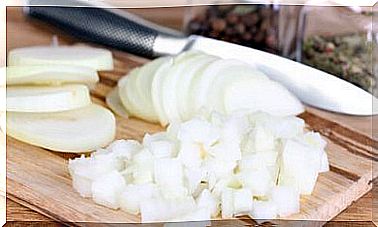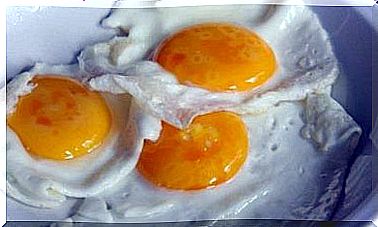Calcium – Not Only In Dairy Products!

When we hear the word calcium, we all immediately think of milk, yoghurt, cheese, and other dairy products. We don’t even realize how many other non-dairy foods contain calcium . Today we will find some of them and take a closer look at them.
Calcium for everyone!
Calcium-rich food groups:
- vegetable drinks and juices
- green vegetables
- dried fruits
- mineral water
Calcium-rich non-dairy foods:
- leafy greens: the most important and greatest natural source of calcium (much higher than milk), especially cabbage, which provides 135 mg of calcium per 100 g of raw leaves. In addition, it additionally contains provitamin A, vitamins K and C and is considered a product that should be included in the diet. Another source of calcium is spinach and chard. They can be eaten cooked, as a filling with other vegetables for tarts, pizza, patties or salads.
- dried fruit: one of the richest sources of calcium are almonds, which have as much as 264 mg of calcium per 100 g of product. In addition, they are a source of vitamins E, B2 and magnesium. They also help reduce cholesterol, among other things. Hazelnuts and Brazil nuts (160mg7100g) are another alternative. You can use them as snacks between meals, decorate cakes, and use plant-based milk made on their basis.
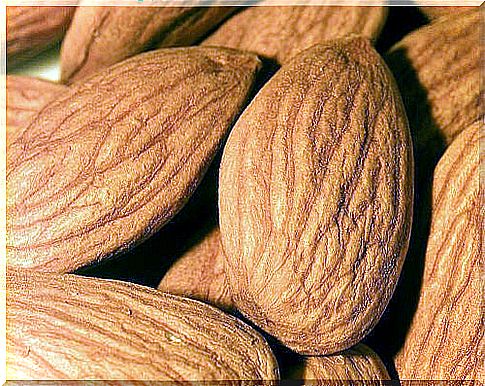
- aromatic dried herbs: they are used in small amounts, but if we add them regularly to dishes to improve and enhance the taste, we will also get a large dose of calcium. Some herbs can be used to make an infusion. The herbs in question are dried thyme, dill, marjoram, sage, oregano, mint and basil.
What else is worth knowing about it?
- sesame seeds: when roasted, they provide a significant amount of calcium. You can make tahini (a typical cream used in Arabic cuisine) from it. Thanks to this, in addition to calcium, we will provide vitamins B1, B6, manganese, magnesium and copper. You can also go ahead and sprinkle them on salads, bread and cakes, and even add a little bit to the juice.
- flax seeds: their properties are very similar to those of sesame seeds. In addition, linseed oil has anti-inflammatory and antiatherosclerotic properties. It can be included in a recipe for homemade bread, added to doughs, salads, sauces or drinking smoothies.
- legumes: calcium is as much as 13% of their composition, especially white and black beans. At the same time, they influence blood sugar levels and regulate blood pressure. Keep in mind that frequent consumption of them can cause flatulence. Beans can be combined with vegetables, stews or baked in the oven.
- Dandelion: in addition to being beneficial to the liver, it has a diuretic effect and as an antioxidant its leaves can be added to salad, in which there is more calcium than in milk (187 mg / 100 g). Cooked dandelion roots are also suitable for consumption.
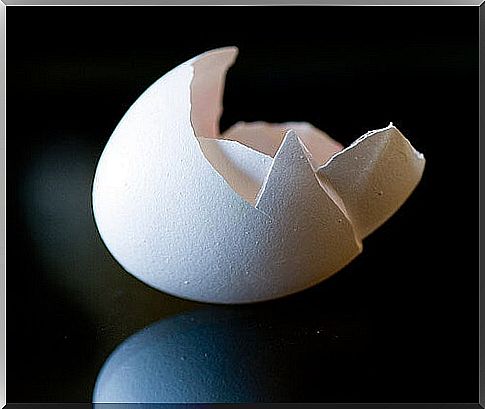
- oranges: this is one of the few fruits that can provide the body with calcium (65 mg / one piece). Moreover, it is well known that they are a rich source of vitamin C. They are used in fruit salads, smoothies, cakes and other desserts.
- quinoa and amaranth, also known as amaranth: crops are very eagerly used in vegan and vegetarian diets. For example, amaranth is very nutritious and has 18% calcium. People who cannot tolerate milk can mix these grains with rice, make them into a soup, or fry them with vegetables. On the other hand, quinoa, which also has a beneficial effect on the body, can be added to pies and cakes.
- Eggshell: It has been known since ancient times that this part of the egg is high in calcium and helps with the body’s metabolism. Wash the egg thoroughly, avoiding scratching its shell, and squeeze out the lemon juice. Marinate the egg in the resulting juice for 12 hours, then remove it with a wooden spoon and slowly drink the resulting mixture.
We Bust the Calcium Myths!
It is commonly believed that dairy products are essential for the body because milk and its products provide the body with the necessary ingredients, including calcium, which directly reduces the risk of developing osteoporosis. Truth or myth?
First of all, you need to know that poppy seeds are the product richest in digestible calcium, as they contain as much as 1448 mg of the element per 100 g of product. Next comes the marine algae (1,380 mg) per 100 g, for example: spirulina. Compared to cow’s milk, it is only 120 mg, as do yoghurts. Other rich sources of calcium are soybeans, almonds, sesame, cabbage (150 mg) and kombu (a culinary raw material obtained from several species of seaweed).
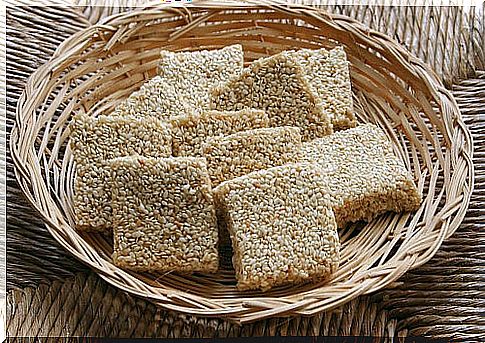
On the other hand, the calcium that is best and most easily absorbed is that of marine algae. Next are green plant leaves, nuts, vegetables, dried fruit, and legumes. The last place is taken by milk and its products.
Recent studies have shown that, contrary to what is commonly believed, milk can actually cause osteoporosis if consumed regularly throughout life. In countries where consumption of this product is higher (Switzerland, Finland, Sweden and the Netherlands) there is a much higher percentage of people who develop this disease. In countries where milk consumption is not adopted (Liberia, Cambodia, Ghana, Congo), cases of osteoporosis are very rare.

Photos courtesy of Daniella Segura, Thoranin Tiriwit, Rune T, Jennifer, Jeanette Svensson, Judi, Mario Lopez Egusquiza.

